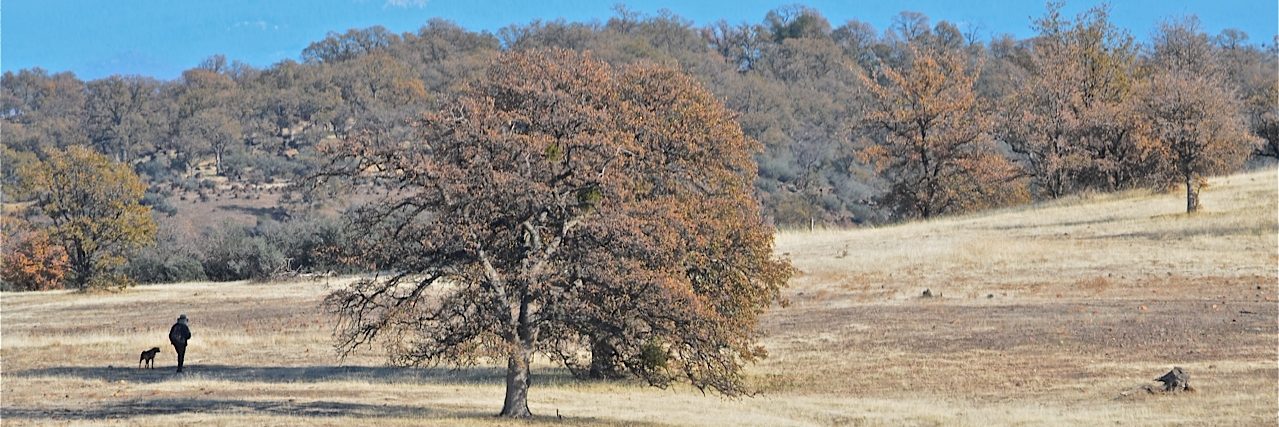Ahjumawi – A Sense of Place
I took a Chrysalis graduate (a naturalist in the making) camping up at Ahjumawi, a favorite kayaking place of mine. We went out on an evening kayak excursion. Swirling flocks of blackbirds brought us up to the area marked by the pink star.
As we approached, I saw a Northern Harrier flying from south towards north over the bulrushes. (A harrier is a raptor that hunts by flying low over open fields and marshes.) A minute later, I saw it again. Another minute later, I saw it yet again. I said to Oren, “Either that harrier is circling around and around or else there is a parade of harriers passing by.” So we watched more carefully and we came to realize that a stream of harriers (and other raptors) were passing by to the north. Later I understood.
The north shore of the lake has ponderosa pines growing on an old lava flow. South of the lake are several miles of open, treeless fields. The pink star on the map marks where trees tall enough for roosting grew closest to all those fields. A stream of all the harriers that hunted those fields were making a beeline to bed. We continued to paddle quietly around in the deepening dusk. Then the owls started calling and five minutes later a slowly unfolding procession of barn owls swept out of the roosting trees heading south across the lake towards those fields. And now I understand a connection between those trees and the fields, and the day and night shift of raptor hunters. The place contains more known connections, possesses more dynamism, grows redolent with the scent of infinite undiscovered connections.
I found myself thinking, “This is a perfect example of what people call “a sense of place.” But in the moment of thinking that, out on the dark lake, I also felt that “sense of place” sounds too diluted, a bit bookish. How do you express this gradual transformation, this realignment? It’s like the way a mountain sapling, beginning symmetrically, gradually shapes itself by reaching for the daily path of solar energy, hunkering before the storms, balancing upon slowly creeping slopes until that tree becomes an eloquent embodiment of that place.
This shaping to our place is such an omnipresent reality of being alive that it’s quite remarkable that those in our culture are often said to lack this awareness of place. It’s probably more accurate to say that the place we have a sense of is a human-built homogeneity. We move within a massive flow of energy that blasts away differences in order to create sameness. Road surfaces that are smooth no matter the landscape. Shirt-sleeve temperatures wherever one goes. National broadcasts free of regional dialect. An all-encompassing sameness – like a whiteout.
Wendell Berry describes such a “whiteout” in a wonderful poem that is quoted in the movie “The Unforeseen” (recommended; Google “’ Santa Clara Valley ’ poem” and you will find it). Here are a few snippets from it.
“A new earth had appeared in place of the old, made entirely
according to plan. New palm trees stood all in a row, new pines
all in a row, confined in cement to keep them from straying.”
…
“Roads and buildings roared in their places
on the scraped and chartered earth; the sky roared
with the passage of those who had been foreseen
toward destinations they foresaw, unhindered by any place between.”
…
“Some small human understanding seemed to have arrayed itself
there without limit, and to have cast its grid upon the sky,
the stars, the rising and the setting sun.”



Leave a Reply